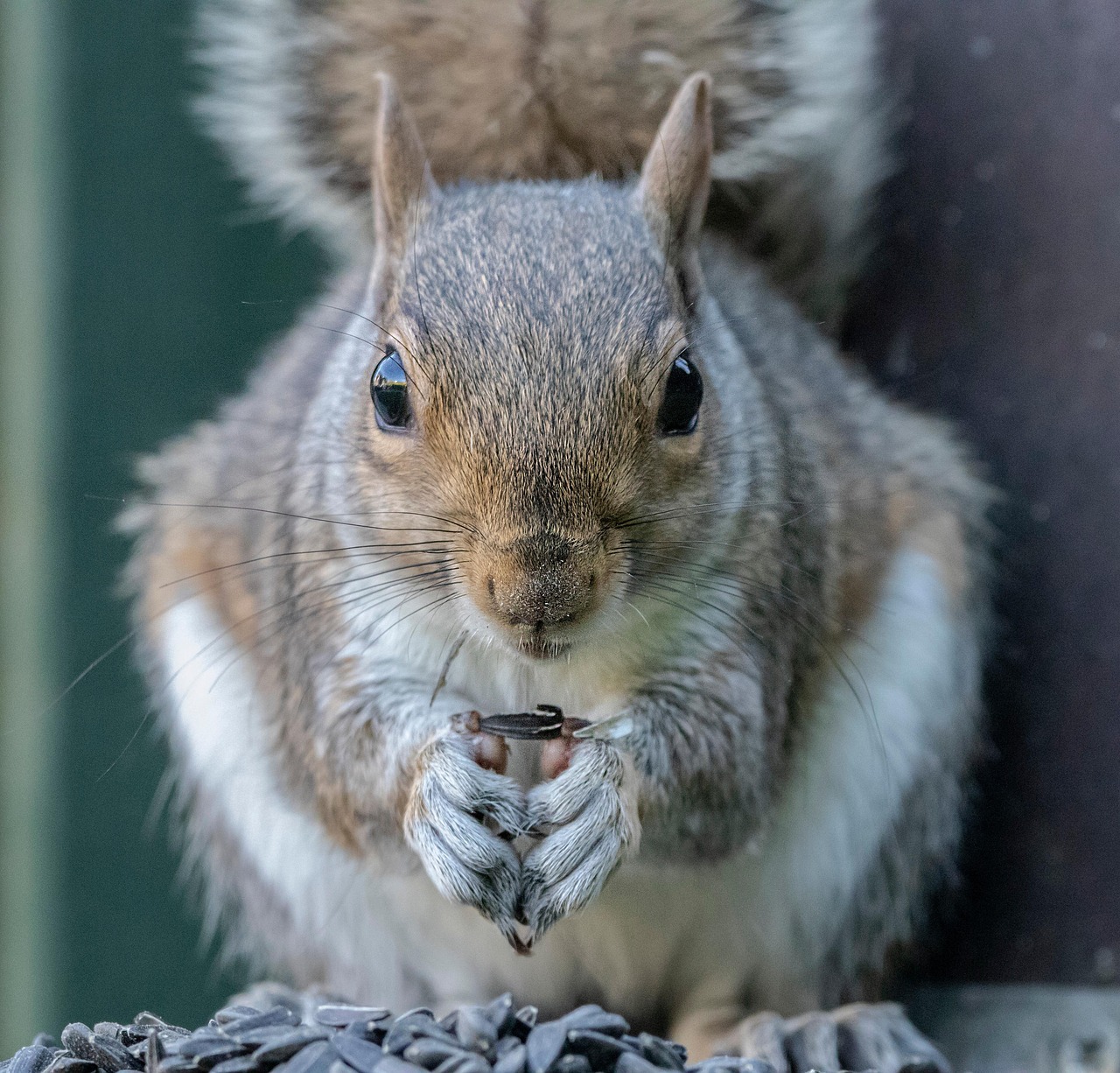Decoding the Secret Language of Squirrels: A New Perspective
Introduction: Engaging the curiosity of many, the complex communication system of squirrels remains largely unexplored. This article delves into the fascinating world of squirrel chatter, unveiling surprising insights and latest discoveries. Squirrels, often seen as playful park dwellers, have a complex communication system that is intriguing to researchers. Using a mix of vocal signals, tail movements, and body postures, squirrels communicate feelings of threat, territorial boundaries, and mating interests. The historical understanding of this intriguing language has been limited, but recent studies have started to decode the intricacies of squirrel communication.

Recent Breakthroughs in Squirrel Linguistics
Recent research has unveiled fascinating insights into the language of squirrels. A study by the University of California, Davis, found that squirrels have a form of syntax or structure to their calls. This discovery is significant as it proves that not just primates and birds, but other animals like squirrels, too, can communicate in complex ways.
Market Impact of Squirrel Communication Research
Understanding squirrel communication can have substantial market impact. For example, it can help design more effective squirrel deterrent solutions for homeowners and farmers. Although it’s tough to estimate the exact price range, squirrel deterrent products currently form a multimillion-dollar market, which could expand with advanced, communication-based solutions.
Deciphering the Squirrel Chatter: A Work in Progress
Although researchers have made significant progress, the full comprehension of squirrel language remains a work in progress. There is a lot more to discover about how these creatures communicate, how their language varies across different species, and the role of their communication in survival and reproduction.
The Future of Squirrel Communication Studies
The future of squirrel communication research looks promising. With advancements in technology and the rise of bioacoustics, researchers can now record and analyze animal sounds in unprecedented detail. This could lead to more breakthroughs in understanding not just the language of squirrels, but of other animals as well.
In conclusion, the secret language of squirrels offers a fascinating and largely untapped area of research. Unraveling the complexities of squirrel communication not only enhances our understanding of these creatures but also contributes to the larger dialogue about animal intelligence and communication. The journey to fully decipher squirrel chatter is still underway, and the findings promise to be as intriguing as the creatures themselves.




